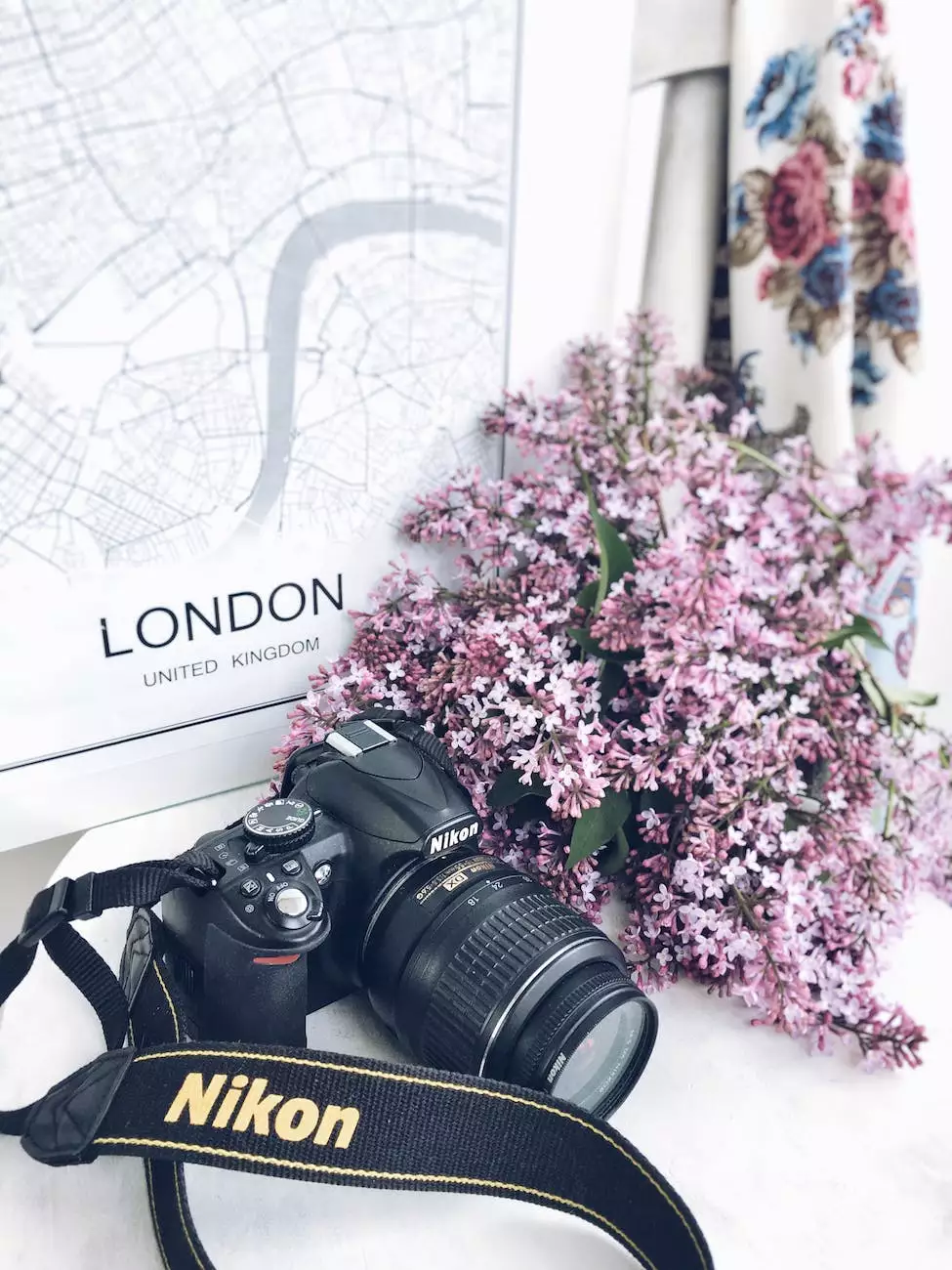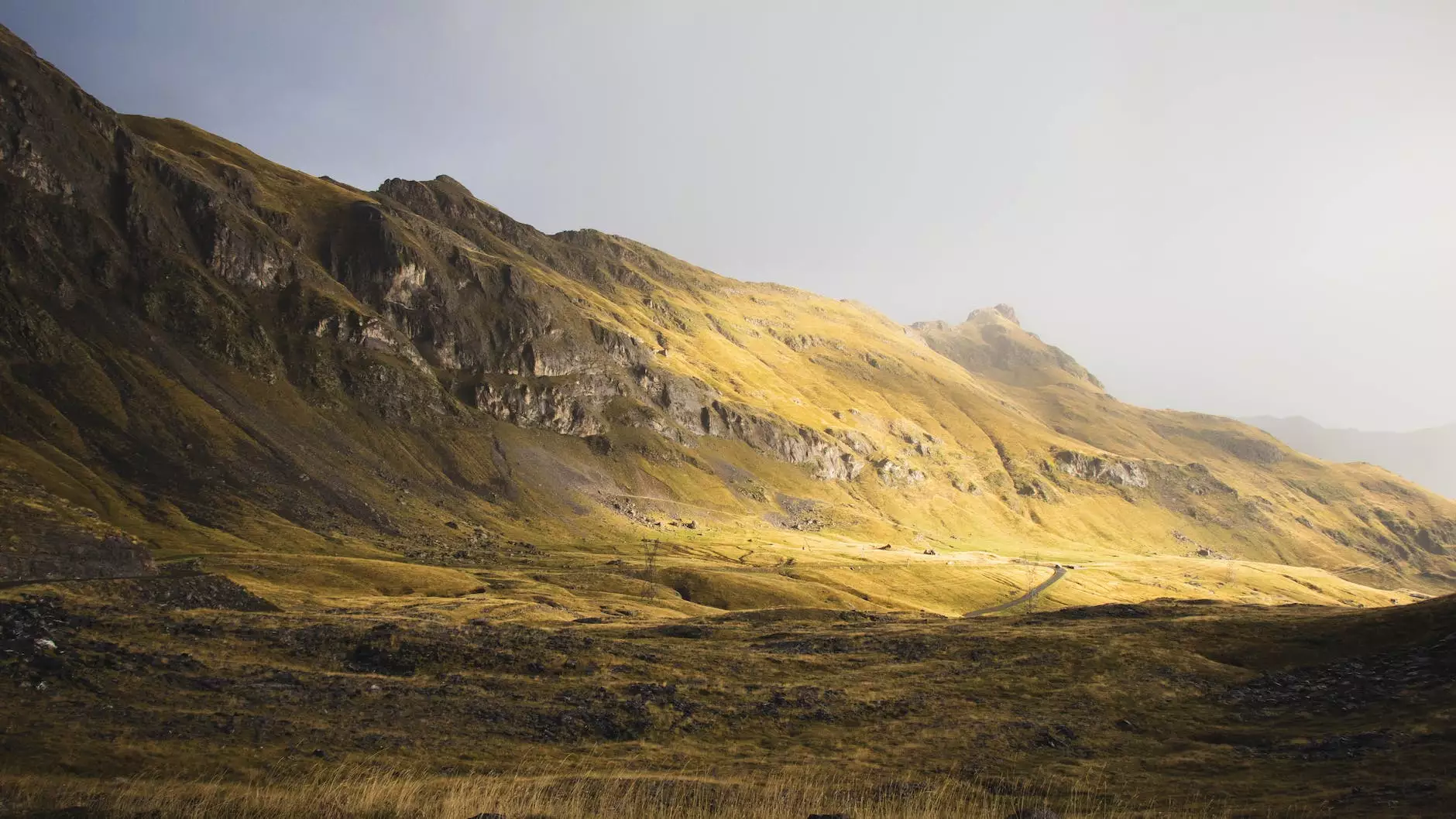(Don't) Say Cheese! Tips for Taking Perfect Pics

Introduction
Welcome to NBOL Agency, your go-to resource for all things related to photography and digital marketing. In this comprehensive guide, we will share expert tips and techniques on how to take perfect pictures that will impress your friends, family, and clients. Whether you are a photography enthusiast or a professional looking to enhance your skills, this guide has got you covered.
Understanding Lighting
One crucial factor that can make or break a photograph is lighting. Understanding the different types of lighting and how they interact with your subject is essential for capturing stunning images.
Natural Lighting
Natural lighting, such as sunlight, provides a beautiful, soft illumination that can enhance the overall quality of your photos. It is best to shoot during the golden hour, which is the hour after sunrise and the hour before sunset. During this time, the lighting is warm and diffused, creating a magical ambiance in your pictures.
However, avoid shooting directly into the sun, as it can result in harsh shadows and overexposure. Instead, position your subject with the light source behind or to the side for a more flattering effect.
Artificial Lighting
When shooting indoors or in low-light conditions, you may need to rely on artificial lighting. Understanding how to work with different lighting setups, such as studio lights or off-camera flashes, can help you achieve the desired results.
Experiment with the positioning and intensity of the lights to create a well-balanced composition. Remember to adjust the white balance settings on your camera to match the artificial lighting, ensuring accurate color representation.
Composition Techniques
Having a strong composition is vital for creating visually appealing photographs. Here are some composition techniques you can use to elevate your images:
Rule of Thirds
The rule of thirds is a fundamental principle in photography that involves dividing your frame into nine equal parts using two horizontal and two vertical lines. Positioning your subject along these intersection points can create a more balanced and impactful composition.
Leading Lines
Leading lines are elements within an image that guide the viewer's eyes towards the main subject. They can be anything from roads and pathways to fences or even natural lines formed by trees or rivers. Utilizing leading lines can add depth and visual interest to your photos.
Foreground and Background
When capturing a photo, consider not only your main subject but also the foreground and background elements. Incorporating interesting foreground elements can create a sense of depth, while a well-chosen background can enhance the overall mood and story of your image.
Tips for Better Poses
Posing your subjects in a flattering and natural way is crucial for capturing beautiful portraits. Here are some tips to consider:
Engage with Your Subjects
Creating a connection with your subjects is key to capturing genuine and expressive portraits. Encourage them to relax, have fun, and interact with each other, resulting in more authentic photographs.
Vary the Angles
Experiment with different angles to find the most flattering perspective. Shoot from above, below, or at eye level to add variety and visual interest to your portraits.
Use Props and Accessories
Props and accessories can help add personality and enhance the storytelling of your photographs. From simple props like hats or scarves to more elaborate ones like vintage furniture or musical instruments, don't be afraid to get creative.
Post-Processing Techniques
After capturing your photos, post-processing allows you to enhance and bring out the best in your images. Here are some popular post-processing techniques:
Color Correction
Adjusting the color balance, saturation, and contrast can significantly improve the overall look of your photographs. Use software like Adobe Lightroom or Photoshop to fine-tune the colors and make them more vibrant or subdued, depending on your desired aesthetic.
Retouching and Spot Removal
To achieve flawless skin in portraits, retouching and spot removal techniques can be used. Smooth out blemishes, remove stray hairs, and enhance the overall appearance of your subject while maintaining a natural look.
Cropping and Framing
Consider cropping your photos to remove unnecessary distractions or to improve the composition. Experiment with different aspect ratios and framing options to find the most visually pleasing result.
Conclusion
By applying the tips and techniques shared in this guide, you'll be well on your way to capturing perfect pictures that leave a lasting impression. Remember to practice and experiment with different settings, lighting conditions, and compositions to develop your unique style as a photographer.
At NBOL Agency, we are dedicated to helping photographers of all levels improve their skills and succeed in the digital world. Visit our website for more resources, tutorials, and photography services that can take your passion to the next level.










